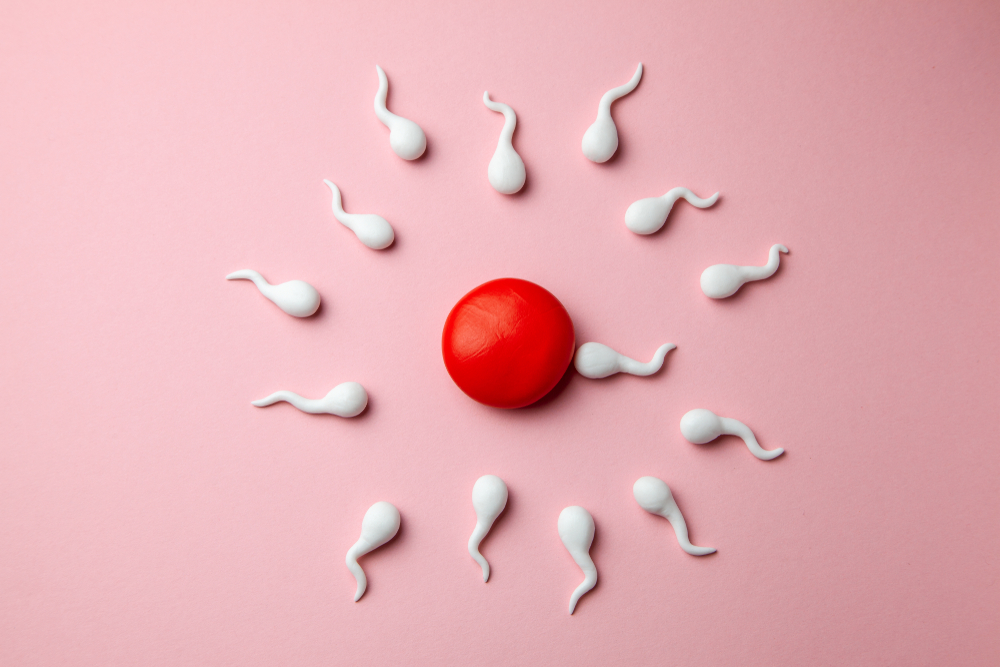WORDS DR KHINE PWINT PHYU AND ASSOCIATE PROFESSOR DR GANESH RAMACHANDRAN
 FEATURED EXPERT FEATURED EXPERTASSOCIATE PROFESSOR DR KHINE PWINT PHYU Senior Lecturer in Obstetrics and Gynaecology School of Medicine Faculty of Health and Medical Sciences Taylor’s University |
 FEATURED EXPERT FEATURED EXPERTASSOCIATE PROFESSOR DR GANESH RAMACHANDRAN Head of School of Medicine Faculty of Health and Medical Sciences Taylor’s University |
THE INCIDENCE OF INFERTILITY IS ON AN UPWARD TREND WORLDWIDE
- Infertility is defined as not being able to conceive after 1 year of unprotected sexual intercourse.
- In women above 35, this duration is sometimes shortened to 6 months.
- The World Health Organization estimates that 1 in 6 people are affected by infertility.
- In Malaysia, there is a drop in fertility rates from 4.9 children per woman of childbearing age in 1970 to 1.7 in 2021.
CAUSES ARE VARIED, INVOLVING ISSUES IN EITHER PARTNER OR BOTH AND IN SOME CASES, THE CAUSES ARE DIFFICULT TO IDENTIFY
Female factors of infertility
- Anovulation, or ovulation disorders, are situations where no eggs are released from the ovaries during the menstrual cycle. These disorders can be caused by:
- Hormonal imbalances such as seen in polycystic ovary syndrome (PCOS) and excessive prolactin secretion.
- Eating disorders.
- Extremes of body weight.
- Strenuous exercises.
- Stress.
- Chronic illnesses.
- Blockage of fallopian tubes, caused by previous pelvic infections, inflammation of tubes, and pelvic adhesions which may be related to past surgery at the abdomen and pelvis. When the tubes are blocked, it will affect the transport of sperm to meet the eggs to achieve successful implantation and pregnancy.
- Endometriosis, which is the presence of tissue that is normally found in the inner lining of the uterus, outside the uterine cavity, which may affect the function of the ovaries, uterus, and fallopian tubes.
- Congenital abnormalities (malformations that develop before birth) of the uterus.
- Uterine fibroids (non-cancerous growths which develop in and around the womb).
Male factors of infertility
- Low sperm count, which can be seen in men with genetic defects, chronic health problems such as diabetes, liver or kidney diseases, or sexually transmitted infections like gonorrhoea. Abnormalities such as undescended testis and varicoceles (swollen veins within the scrotum) can also be causes.
- Premature ejaculation.
- Blockage or injury to the reproductive organs.
- Usage of certain medications can affect sperm movement, quality, or lead to coital dysfunction.
- Environmental and lifestyle factors such as use of tobacco, heavy alcohol, marijuana or steroids, exposure to toxins and exposure of the external genitalia to high temperatures.
BOTH PARTNERS NEED TO BE INVOLVED WHEN IT COMES TO FERTILITY TREATMENT
To support health education and increase awareness regarding numerous infertility issues faced by couples across the globe, World Infertility Awareness Month is observed every year in June. Many couples are not even aware they are infertile; hence this month serves to alert them of issues that may affect them as well as their available solutions.
While the causes of infertility are varied and can affect both partners, the burden and stigma are often shouldered by the female partner. In our part of the world, both issues are particularly pronounced.
Couples with fertility issues should therefore see a doctor in a timely manner to receive a proper assessment and effective treatment. As age is an important factor in conceiving, early medical intervention often leads to positive outcomes in a couple’s fertility journey.
Both partners should be involved in fertility consultation and management. The primary issues to address include if the woman is ovulating regularly, if the sperm cells in semen are healthy, if there are coital issues and any problems with fertilization and implantation, and if the woman is able to maintain the pregnancy.
To answer these questions, thorough evaluation should be done through taking a detailed medical and personal history, sexual history and performing a physical examination for both partners. The next steps would then be to test the couple with baseline investigations as well as specific evaluations.
Some common assessments include tests to ensure the fallopian tubes are patent (open and lacking blockage), tests to confirm ovulation, sperm counts, and ultrasound to look for abnormalities in the uterus, fallopian tubes, and ovaries.
MANAGING & TREATING INFERTILITY
Sometimes, simple lifestyle modification measures such as weight management, adequate exercise, cessation of smoking, and the limitation on alcohol consumption can solve infertility.
As for natural methods, frequency of sexual intercourse can be an issue and it is recommended that at least 3 times a week increases the probability of conceiving.
Timed intercourse during a women’s fertile period may be a strategy as well. Women usually ovulate about 12 to 14 days before the start of a next menstrual cycle and the fertile period is the five days before ovulation, the day of ovulation, and the day after ovulation.
The treatment for fertility issues depends on the cause. For women who experience problems with ovulation, medications to induce ovulation may be employed. As for women with endometriosis, fibroids, or other tubal diseases, surgery may also improve outcomes. For men, prescribing medications to improve sperm quality may help and surgery may be employed for men with structural abnormalities in their reproductive system.
When more simple methods are not successful, more complex procedures may be employed such as intra-uterine insemination (IUI), gamete intra-fallopian transfer (GIFT), and intracytoplasmic sperm injection (ICSI). For couples with unexplained infertility, increasing coital frequency in combination with IUI often results in successful pregnancies.
This article is part of our series on facts and advice on fertility and reproductive health.
|
References:
- Ferlin, A., Raicu, F., Gatta, V., Zuccarello, D., Palka, G., & Foresta, C. (2007). Male infertility: role of genetic background. Reproductive biomedicine online, 14(6), 734–745. https://doi.org/10.1016/s1472-6483(10)60677-3
- Lipshultz, L. I., Howards, S. S., & Niederberger, C. (2009). Infertility in the male (4th ed.). Cambridge University Press. http://dlib.sbmu.ac.ir/site/catalogue/134959
- Krausz C. (2011). Male infertility: pathogenesis and clinical diagnosis. Best practice & research. Clinical endocrinology & metabolism, 25(2), 271–285. https://doi.org/10.1016/j.beem.2010.08.006
- Poongothai, J., Gopenath, T. S., & Manonayaki, S. (2009). Genetics of human male infertility. Singapore medical journal, 50(4), 336–347.










